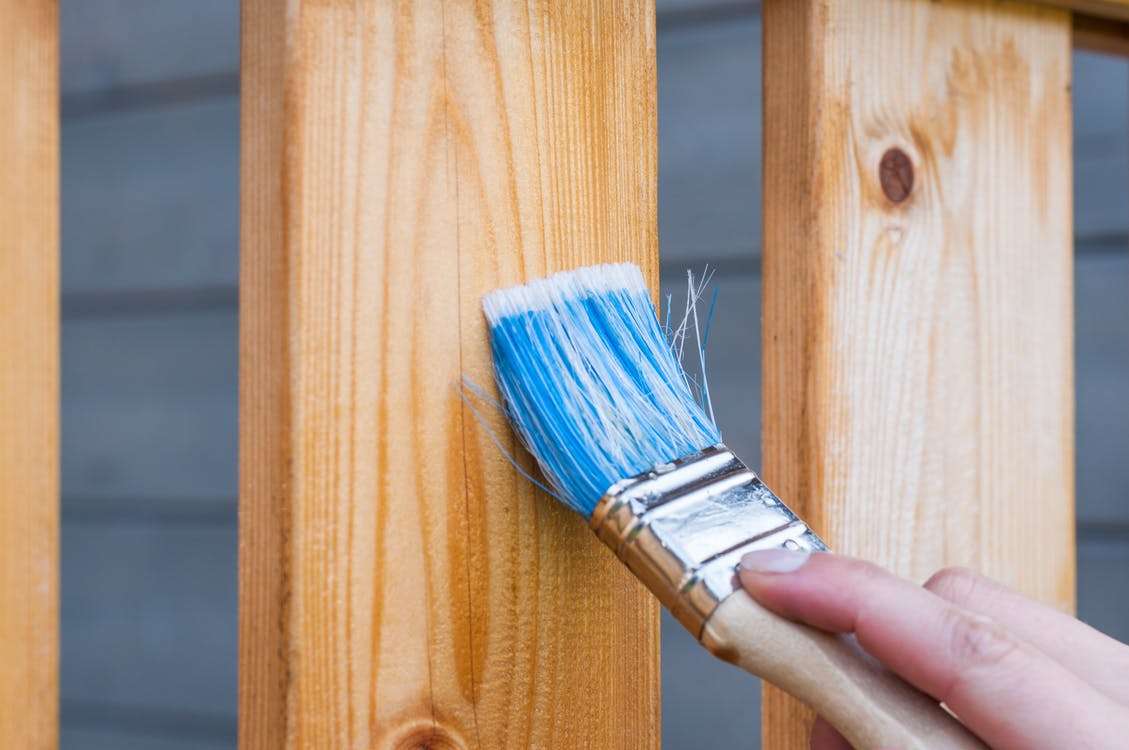Construction and life are similar, there is always something to improve…
Structural rehabilitation is the process of making old or damaged structures safe and sound again. It can extend the life of a structure by up to 80 years, improve its sustainability, and make it more comfortable for its users.
Structural rehabilitation is important because it can help to:
- Extend the life of a structure: By repairing and strengthening damaged structures, rehabilitation can help them to last for many years to come.
- Improve the sustainability of a structure: Rehabilitation can help to reduce the need for new construction, which can save resources and reduce environmental impact.
- Make a structure more safe and comfortable for its users: Rehabilitation can help to improve the structural integrity of a building, reduce the risk of accidents, and make it more comfortable for people to live and work in.

Structural rehabilitation can be done in a number of ways, depending on the specific needs of the structure. Some common methods include:
- Strengthening: Adding new materials or reinforcing existing materials can help to make a structure stronger and more resistant to damage.
- Repairing: Damaged materials can be repaired using a variety of methods, such as patching, grouting, and injection.
- Protecting: Structures can be protected from the elements and other hazards by applying coatings and sealants.
Benefits of structural rehabilitation
- Extended lifespan: Rehabilitated structures can last for many years longer than structures that are not rehabilitated.
- Improved sustainability: Rehabilitation can help to reduce the need for new construction, which can save resources and reduce environmental impact.
- Increased safety: Rehabilitated structures are safer and more resistant to damage.
- Improved comfort: Rehabilitated structures are more comfortable for people to live and work in.
